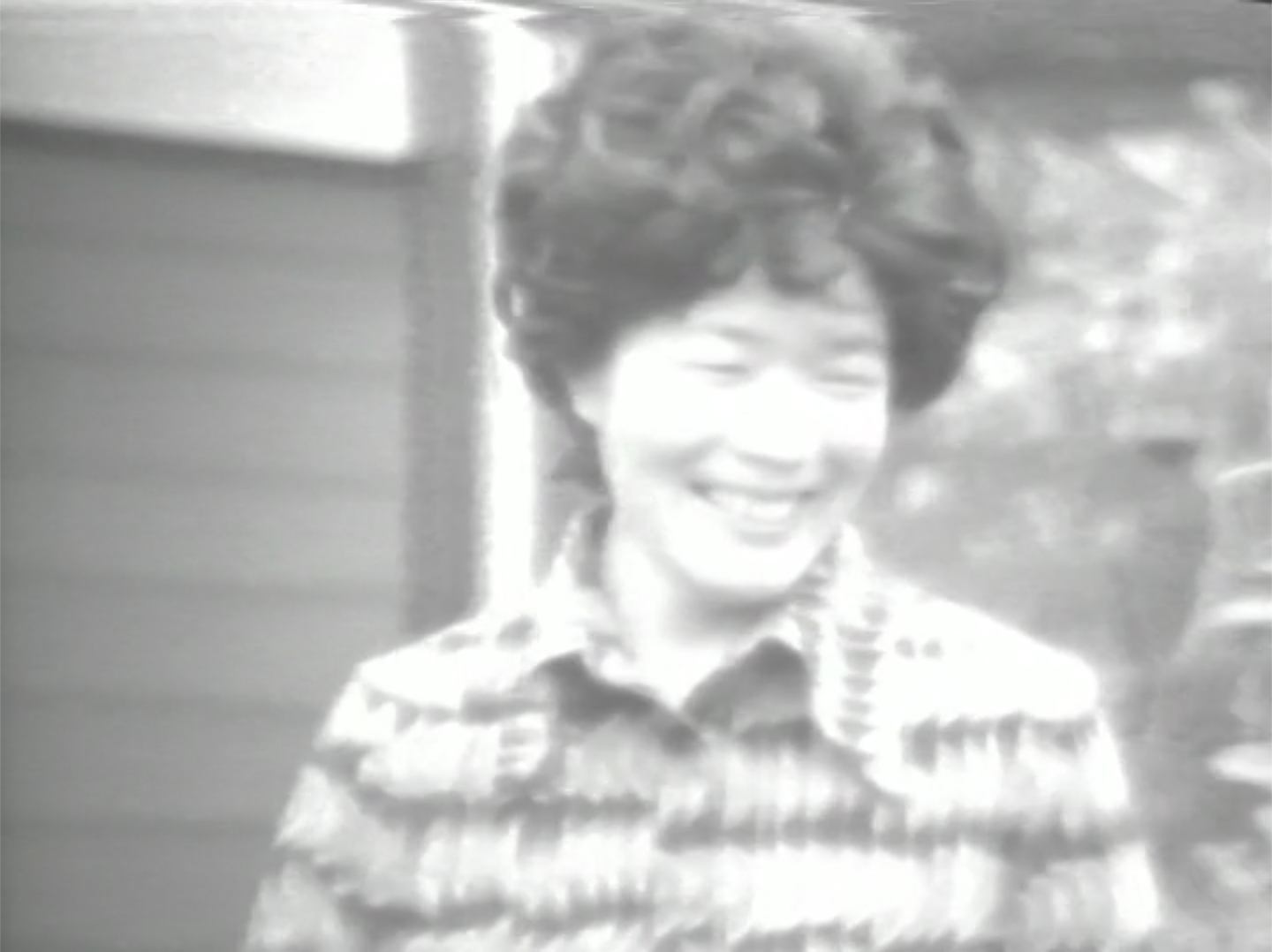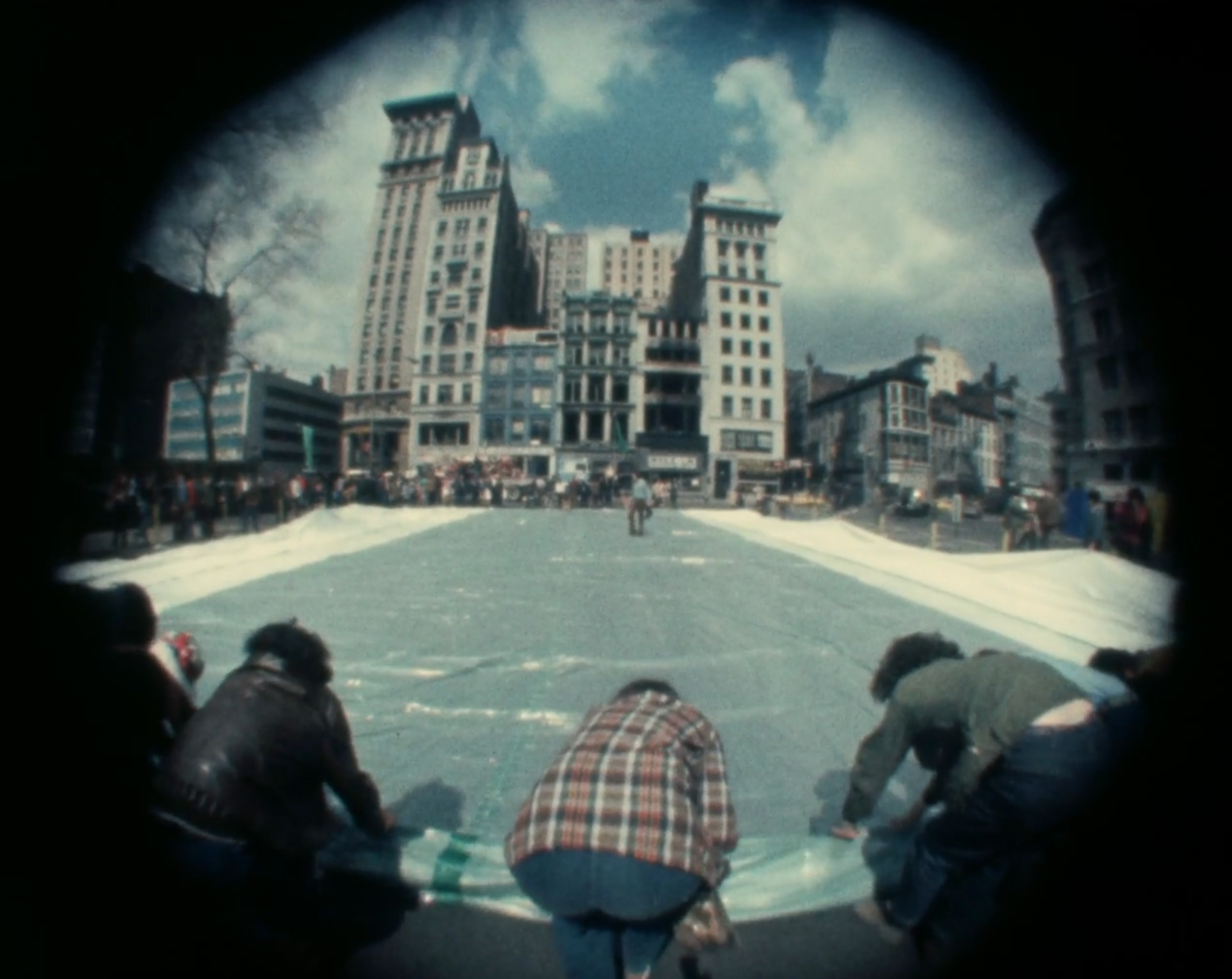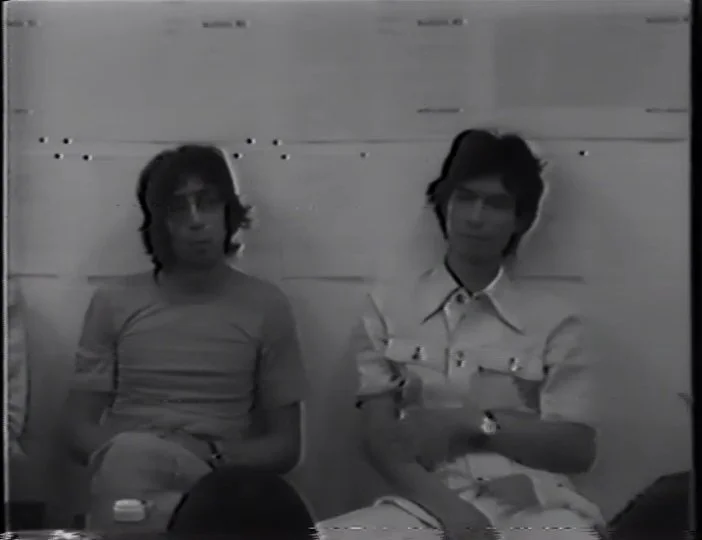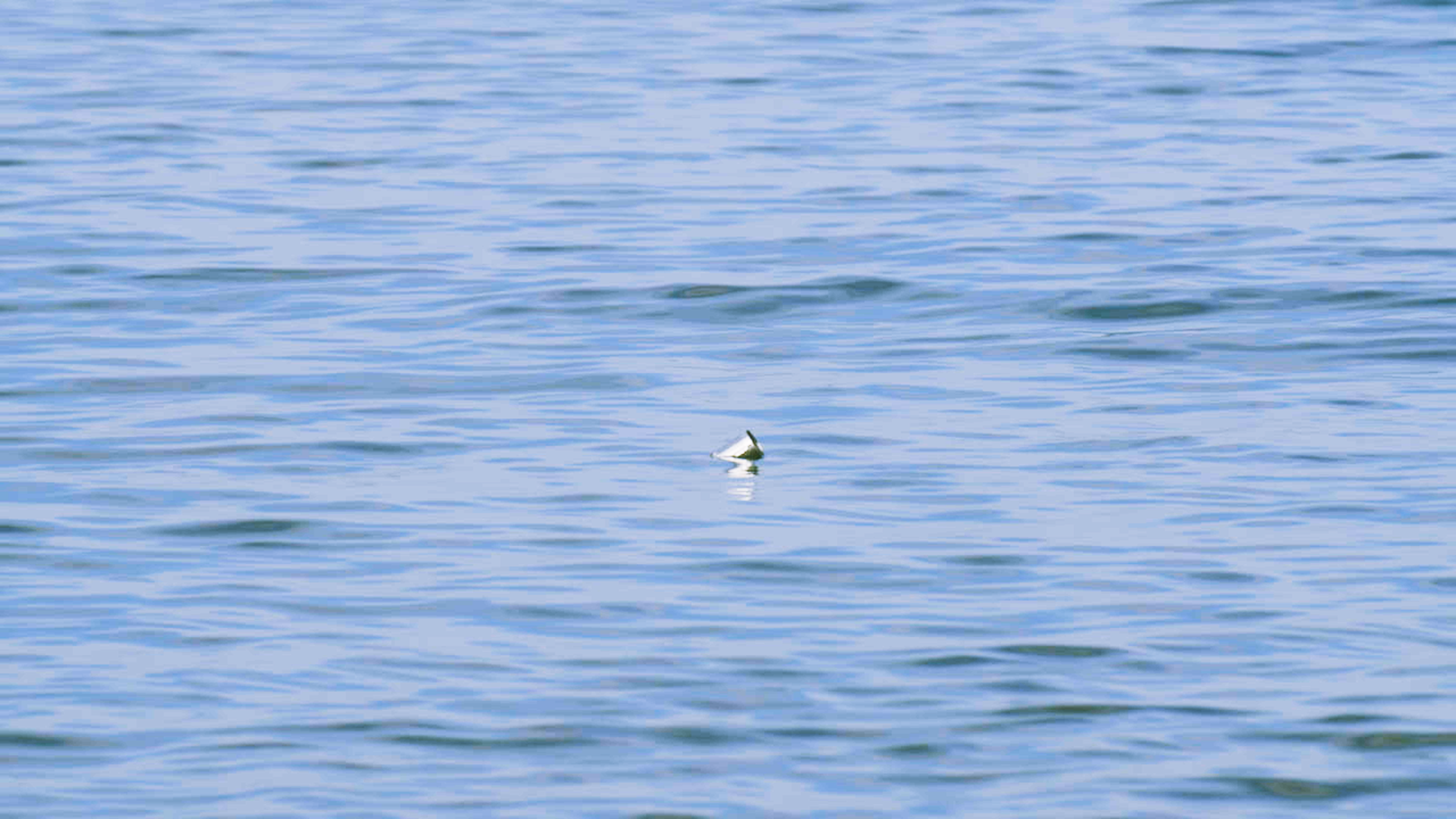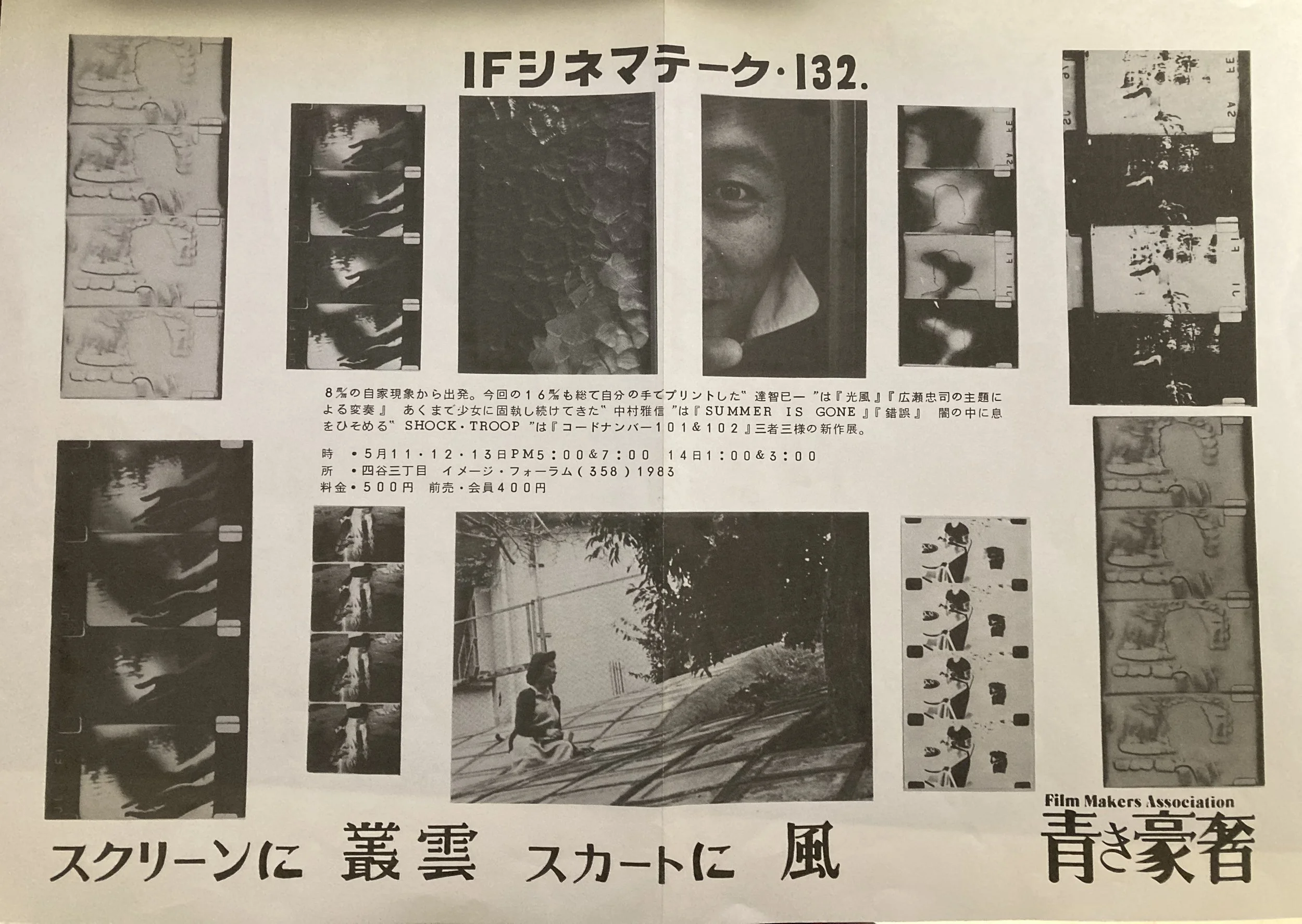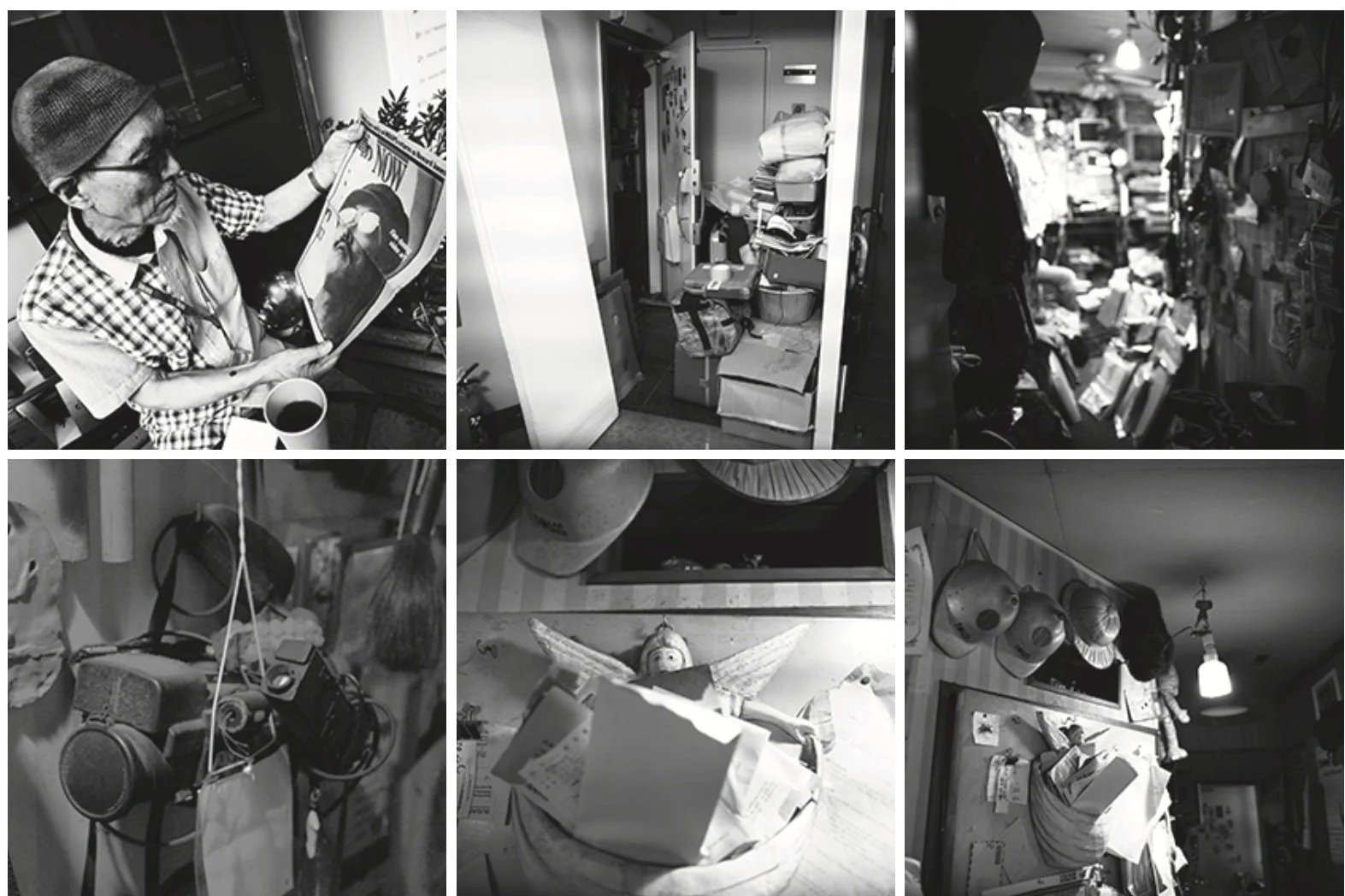Membership
The support of our members is vital to our continued preservation and dissemination of rare Japanese experimental film and video works. For just $5 a month, CCJ members get exclusive access to our monthly Membership Features, showcasing renowned moving image artists on a monthly basis, as well as access to our special curated programs at a discounted rate.
CURRENT FEATURE
This April, we are thrilled to present a rare look at the work of Kansai-based collective Voyant Cinémathèque (1983-1996) in a program curated by Hal Young.
From April 17 to May 5, we are grateful to be able to collaborate with Fusako Matsu to present a free mini-screening of the late Yōji Kuri’s iconic work Human Zoo.
PAST FEATURES
This February and March we are delighted to present a two-part program on the filmmaker Isao Kota, in collaboration with Akihiro Suzuki and Underground Cinema Festival: the first online screening of these works for an international audience.
This February and March we are delighted to present a two-part program on the filmmaker Isao Kota, in collaboration with Akihiro Suzuki and Underground Cinema Festival: the first online screening of these works for an international audience.
Courtesy of the artist himself, this January we are thrilled to present three films by Masanori Ōe that were shown together as part of our summer 2024 Community of Images exhibition.
In collaboration with VTape, this December we are thrilled to present Kyoko Michishita’s Being Women in Japan: Liberation Within my Family, one of a pair of documentaries exploring the experiences of Japanese women in the 1970s.
Following our in-person screening in June, Magnetic Resonances: Japanese and American Artists in the 1975 ICA Video Art Exhibition, this November we are thrilled to partner with Electronic Arts Intermix to present two more works shown in the landmark exhibition of US and Japanese artists at the Philadelphia ICA.
Our October Members’ Viewing features documentation by artist and inventor Ko Nakajima of two of the major displays of global technology of the 1960s, Montreal’s Expo ‘67 and Osaka’s Expo ‘70 (also known as banpaku). His film, which splices together footage from both Osaka and Montreal, offers a rare comparative insight into the two events.
Featuring the digitization projects that were part of the Community of Images exhibition, we are pleased to share with our members selected works and moving image materials that were on view during the show. September’s Members Viewing will feature selected archival reels by Jud Yalkut that were presented in Gallery B in the exhibition.
In August, as the promotion of the Video Letter Exchange between artists Nadia Hironaka, Shinpei Takeda, Hikaru Suzuki and Yu Araki continues as part of our Community of Images project, we are thrilled to present to our members two more works from participating artists Shinpei Takeda and Nadia Hironaka, with her collaborator Michael Suib. Both works use video as a means of exploring the ways traumatic histories resonate in the present day.
In July, to coincide with the release of our Video Letter Exchange between artists Nadia Hironaka, Shinpei Takeda, Hikaru Suzuki and Yu Araki as part of our Community of Images project, we are thrilled to present to our members two more works from the participating artists, Yu Araki and Hikaru Suzuki with his collaborator Franca Malfatti. Both works use video as a means of making imagined journeys between remote locations: Araki’s ROAD MOVIE (2014) documents a “road trip” performed with a fast-food menu, while in Suzuki and Malfatti’s video letter, its authors exchange fragments of their outer and inner lives in the year 2020.
This June, CCJ are thrilled to present a series of performance records drawn from a set of 1972 reels in the collection of Michael Goldberg, a Canadian video artist foundational to the early days of video art in Japan. Digitized in 2023 as part of our Community of Images project, the records feature Video Hiroba member and conceptual artist Gann Matsushita, a rehearsal of the avant-garde theater troupe Tokyo Kid Brothers filmed handheld by Goldberg, and other scenes captured by Goldberg with Matsushita around Tokyo.
From March-May 2024, as part of our Community of Images series and in collaboration with Hitoshi Kubo and Keio University Art Center, we are thrilled to present a three-month feature on the early Japanese video collective, the Video Information Center (VIC). The extensive program is a comprehensive introduction to the group’s tireless documentation of underground arts and culture in Japan’s 1970s and 1980s.
From March-May 2024, as part of our Community of Images series and in collaboration with Hitoshi Kubo and Keio University Art Center, we are thrilled to present a three-month feature on the early Japanese video collective, the Video Information Center (VIC). The extensive program is a comprehensive introduction to the group’s tireless documentation of underground arts and culture in Japan’s 1970s and 1980s.
From March-May 2024, as part of our Community of Images series and in collaboration with Hitoshi Kubo and Keio University Art Center, we are thrilled to present a three-month feature on the early Japanese video collective, the Video Information Center (VIC). The extensive program is a comprehensive introduction to the group’s tireless documentation of underground arts and culture in Japan’s 1970s and 1980s.
This February, as part of our Community of Images series and our Meander program, we are thrilled to present a feature on the screening collective Ground Level Cinema (グラウンドレベルシネマ). The group is comprised of members from both Japan and Taiwan, and the program features contributions from Johan Chang & Masa Kudo, Hsin-Yu Chen and Kenta Yamaguchi.
This January we present the second program in our series on image-processing in Japan and North America: a focus on the life of Ko Nakajima’s two commercial animation computers, the Animaker and the Aniputer, and their subsequent life among video artists in Canada.
This December, we are proud to present the first in our series on image-processing on both sides of the Pacific: two works by Dan Sandin (and his collaborators), generously lent by the artist himself, alongside the 7-minute version of Nakajima's iconic Mt Fuji (1984).
This November, we present a fourth offering in our Community of Images series as part of our Meander program. In partnership with curator Elizabeth Jesse, we are thrilled to introduce the work of Kioto Aoki, an active Chicago-based artist, educator, and musician.
This October, we present our third program in the ongoing series, Community of Images: Japanese Moving Image Artists in the US, 1960s-1970s - a selection of early works by the artist Keiji Uematsu, made during his period of residence in Düsseldorf, West Germany. The screening is accompanied by a partial translation of a 2016 interview with the artist conducted by the Japanese Oral Art History Archive.
This September, we present our second program in the ongoing series, Community of Images: Japanese Moving Image Artists in the US, 1960s-1970s. This month’s screening features three more works from the CCJ Viewing Library: the productions of the members of Video Earth, a video collective begun in 1971 under the organization of Ko Nakajima.
For our August membership feature we are pleased to announce the first instalment of an ongoing season on CCJ: Community of Images: Japanese Moving Image Artists in the US, 1960s-1970s. While our exhibition will focus on work created in the US or in collaboration with American artists and organisations, our August Members’ Viewing focuses on the thematics of “America” in the work of three artists, drawn from the CCJ Viewing Library.
For our July membership feature we are delighted to introduce the work of Haruka Doi, a filmmaker and musician active in the 1980s and 1990s whose introspective and lyrical diary films scatter fragments of self-reflection through the prism of everyday spaces. The program includes a rare English-subtitled screening of her Torino International Youth Film Festival award-winning work He Was Here, and You Are Here (1985), as well as A Gentle Afternoon Nap (1989), a reposeful short featuring striking time-lapse imagery.
Our June membership feature is focused on the underground filmmaker Mari Terashima, with two works from tail-ends of her career that beckon the viewer ‘through the looking glass’ into the territory of dream and desire.
For the month of May, CCJ welcomes back Akihiro Suzuki of Art Saloon to commemorate filmmaker Masanobu Nakamura, who passed away in March. An online screening will be presented in May, and in conjunction for CCJ Members, Suzuki has programmed a special viewing of works by Nakamura and his brother, Touch Me.
We are in for a treat this final month with three titles that showcase Nakajima’s varied interests in the early 1970s, from film experiments, his work with students of the Tokyo College of Photography, and collective video making. We are grateful to have access to ask Nakajima directly about these works.
In February, we dive into Nakajima’s work with technological manipulations using video synthesizers, including Scanimate and Animaker. Animaker was developed by Sony and Nakajima, and automatically takes frame-by-frame shots and performs effect processing. The Animaker became commercially available and sold about 100 units. American video artists such as Dan Sandin, Kit Fitzgerald, John Sanborn, and others are introduced in Japanese television program, alongside Ko Nakajima’s work.
In February, we dive into Nakajima’s work with technological manipulations using video synthesizers, including Scanimate and Animaker. Animaker was developed by Sony and Nakajima, and automatically takes frame-by-frame shots and performs effect processing. The Animaker became commercially available and sold about 100 units. American video artists such as Dan Sandin, Kit Fitzgerald, John Sanborn, and others are introduced in Japanese television program, alongside Ko Nakajima’s work.
Image: From The Rooms in the Photographs—Ko Nakajima’s Rooms, Photo by Yosuke Nakagawa. Courtesy of Keio University Art Center
We are thrilled to partner with curator Jesse Cumming and VTape to present works by Kyoko Michishita from November through January. With grant support from Japan Foundation New York, we are able to present English subtitled versions of Michishita’s Video Portraits – Men series in November and December in the Members Monthly Viewing. In January, Jesse Cumming will present an online screening program.
Being Women in Japan: Living with the Ocean (1974). Courtesy of Vtape & Kyoko Michishita.
Over the next four months, CCJ Monthly Members Viewing will focus on Ko Nakajima’s recently digitized titles, offered in partnership with Keio University Art Center. The presentations will be organized around themes: Study on My Life (January), technical experiments (February), documentary (March), and CATV work and collective Video Earth Tokyo (April).
Image: From The Rooms in the Photographs—Ko Nakajima’s Rooms, Photo by Yosuke Nakagawa. Courtesy of Keio University Art Center
We are thrilled to partner with curator Jesse Cumming and VTape to present works by Kyoko Michishita from November through January. With grant support from Japan Foundation New York, we are able to present English subtitled versions of Michishita’s Video Portraits – Men series in November and December in the Members Monthly Viewing. In January, Jesse Cumming will present an online screening program.
Image: Video Portraits – Men: Shuntaro Tanikawa (Kyoko Michishita, 1982). Courtesy of Vtape & Kyoko Michishita.





